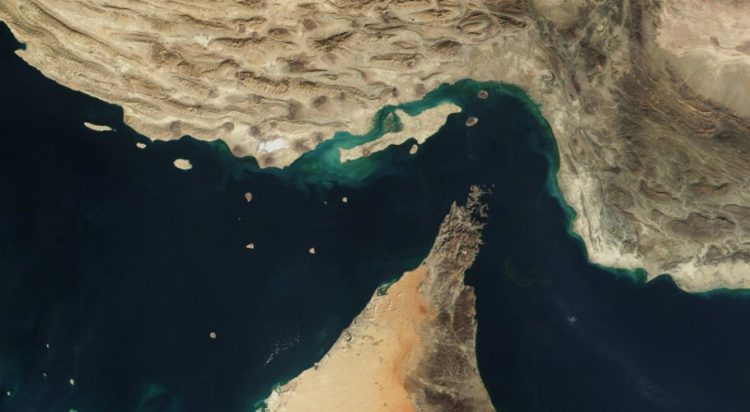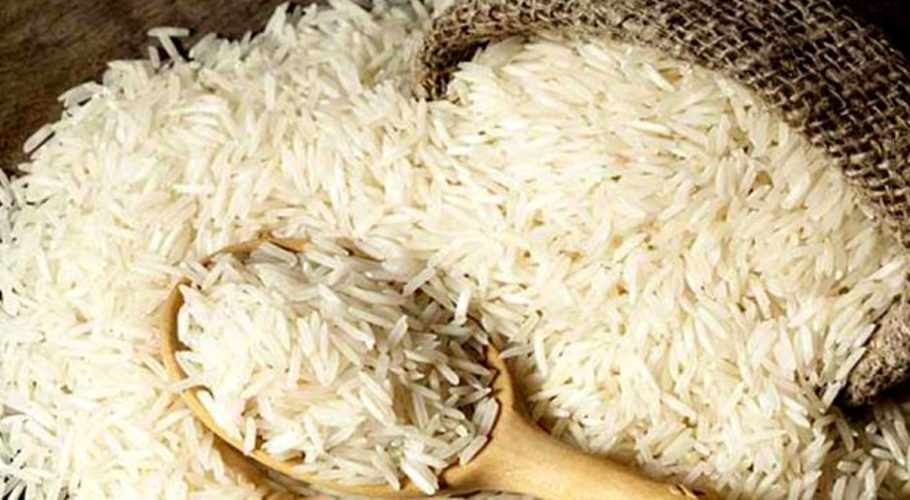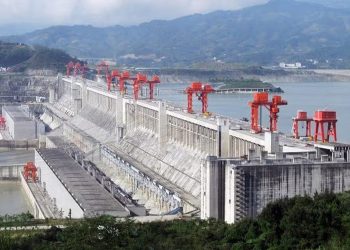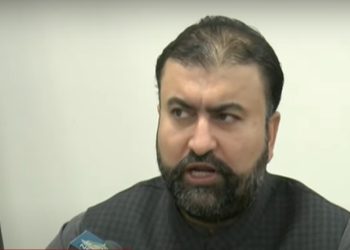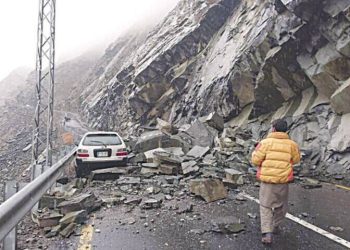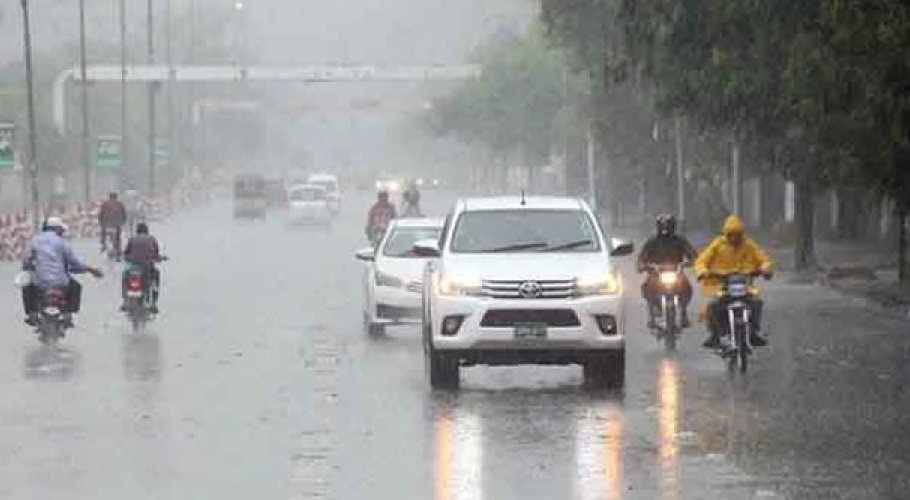IRGC Navy Commander Brigadier General Alireza Tangsiri issued a stern warning: “The Strait of Hormuz will be closed within hours.”, just hours after US President Donald Trump confirmed that American warplanes had bombed three nuclear sites inside Iran — Fordow, Natanz, and Isfahan.
This latest escalation deteriorated the tensed situation amid ongoing Israeli military operations against Iran-linked targets and a deadly regional deadlock. Trump had previously said it would take him two weeks to decide on US involvement — it now appears that decision has been made.
Strait of Hormuz
The Strait of Hormuz is a strait between the Persian Gulf and the Gulf of Oman. It provides the only sea passage from the Persian Gulf to the open ocean and is one of the world’s most important strategic chokepoints. Iran lies on its northern coast, and the Musandam Peninsula lies on its southern coast, shared by the United Arab Emirates and the Musandam Governorate, which is an exclave of Oman. The strait is approximately 90 nautical miles (167 kilometers) long, with a width varying from about 52 nmi (96 kilometers) to 21 nmi (39 kilometers).

Impact of the Closure
The Strait of Hormuz is not just a waterway; it is a lifeline of global energy. Any blockade would trigger a chain reaction for which the global economy is unprepared.
One-third of the world’s liquefied natural gas and about 25% of total global oil consumption passes through the strait, making it a highly critical strategic location for international trade.
The EIA has estimated that 84% of this crude oil goes to Asia, with China, India, Japan, and South Korea being the top buyers.
In February of last year, the Washington-based Center for Security Policy analyzed Iran’s increasing activities in the Strait of Hormuz and said that 76% of the crude oil passing through the waterway is destined for Asian markets.







